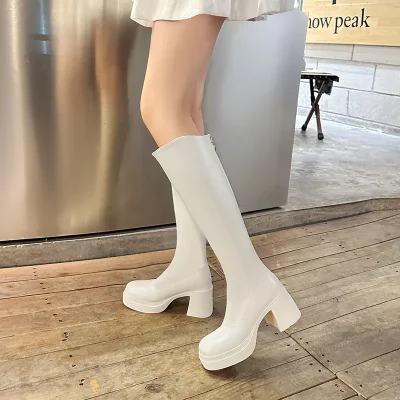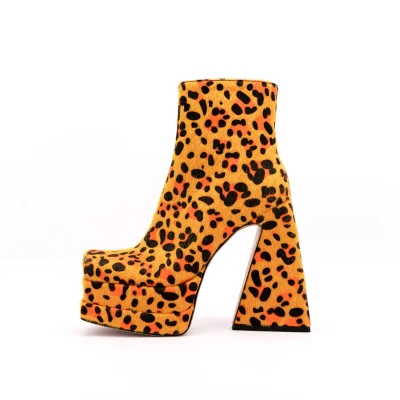Understanding the anatomy of a boot sole is essential for selecting the right footwear and maintaining its performance and longevity. Here are the key components of a boot sole:
1. Outsole:
- Material: The outermost layer of the sole, in direct contact with the ground.
- Function: Provides traction, stability, and durability. Protects the boot from wear and tear.
- Materials: Can be made of rubber, synthetic compounds, leather, or a combination for specific purposes.
- Features: May have lug patterns, grooves, or specialized tread designs for enhanced grip on different surfaces.
2. Midsole:
- Material: Layer sandwiched between the outsole and the insole.
- Function: Provides cushioning, shock absorption, and support.
- Materials: Commonly made of EVA (Ethylene-Vinyl Acetate), PU (Polyurethane), or other foam materials.
- Features: Varies in thickness and density to accommodate different activities and foot types. May include additional features like stability plates or shanks for support.
3. Insole:
- Material: Inner layer of the sole, directly beneath the foot.
- Function: Provides comfort, support, and moisture management.
- Materials: Can be made of foam, gel, leather, or other materials.
- Features: May have arch support, cushioning, or antimicrobial properties. Removable insoles allow for customization or replacement.
4. Shank:
- Location: Embedded between the midsole and outsole, typically running from the heel to the ball of the foot.
- Function: Provides stability, support, and torsional rigidity.
- Materials: Can be made of metal (steel or composite), fiberglass, or other rigid materials.
- Features: Varies in length and stiffness depending on the intended use and level of support required.
5. Heel:
- Location: The raised portion of the sole under the heel of the foot.
- Function: Provides elevation, shock absorption, and stability during heel strike.
- Materials: Often made of the same material as the outsole, but may include additional cushioning or reinforcement.
- Features: May have a stacked design for added height or a textured surface for traction.
6. Welt:
- Location: Seam connecting the upper to the sole.
- Function: Provides structural integrity, durability, and water resistance.
- Materials: Can be made of leather, rubber, or synthetic materials.
- Features: May be stitched or cemented to the sole. Goodyear welt, Blake stitch, and cement construction are common methods.
7. Rand:
- Location: Protective strip of material encircling the perimeter of the outsole.
- Function: Guards against abrasion, moisture, and impact.
- Materials: Typically made of rubber or synthetic compounds.
- Features: May be smooth or textured, depending on the desired level of protection and style.
Understanding the anatomy of a boot sole can help you make informed decisions when selecting footwear for specific activities or conditions. Whether you’re hiking, working, or simply walking around town, choosing the right sole components ensures optimal comfort, support, and performance.


















